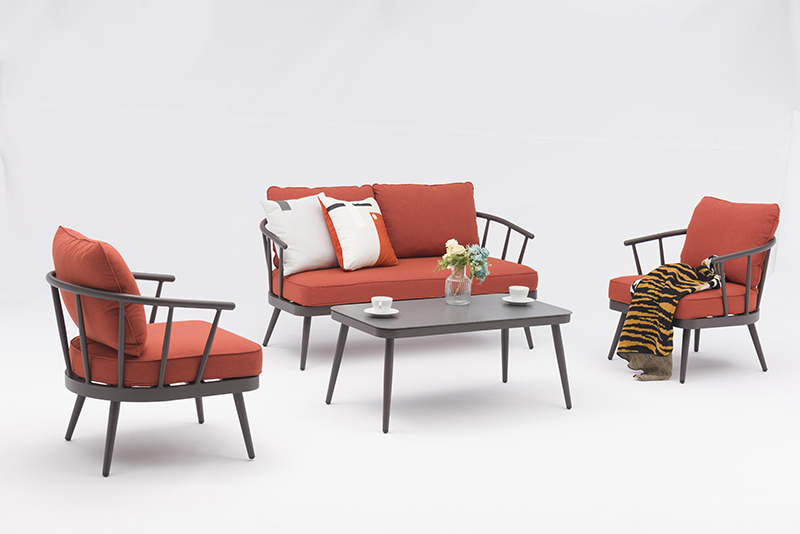How to distinguish low quality outdoor furniture?
To distinguish poor quality outdoor furniture, we can consider the following aspects:
Material: Check the material of the furniture. Low-quality furniture may use inferior materials, such as low-quality wood, plastic, or metal, which are prone to rotting, warping, or rusting.
Craftsmanship: Observe the craftsmanship of the furniture. Poor-quality furniture typically lacks attention to detail, such as uneven joints, weak welds, and other defects.
Stability: Test the stability of the furniture. If the furniture wobbles or is unstable, it may be low-quality.
Comfort: Try sitting on the furniture. If it feels uncomfortable or unstable, it may be low-quality.
Water resistance: For outdoor furniture, water resistance is critical. Low-quality furniture may lack adequate waterproofing, making it prone to moisture damage, rusting, and other problems.
Warranty: Understand the furniture’s warranty policy. Low-quality furniture typically comes with a shorter warranty period, whereas high-quality furniture typically has a longer warranty period.
Brand reputation: Choose manufacturers and brands with a good reputation to reduce the risk of buying low-quality furniture.
In summary, purchasing outdoor furniture requires consideration of multiple factors. Don’t just focus on price or appearance, but also consider the furniture’s quality, performance, maintainability, and environmental-friendliness.
